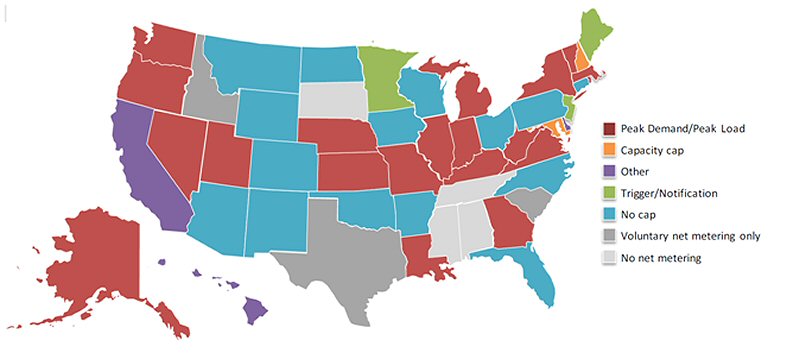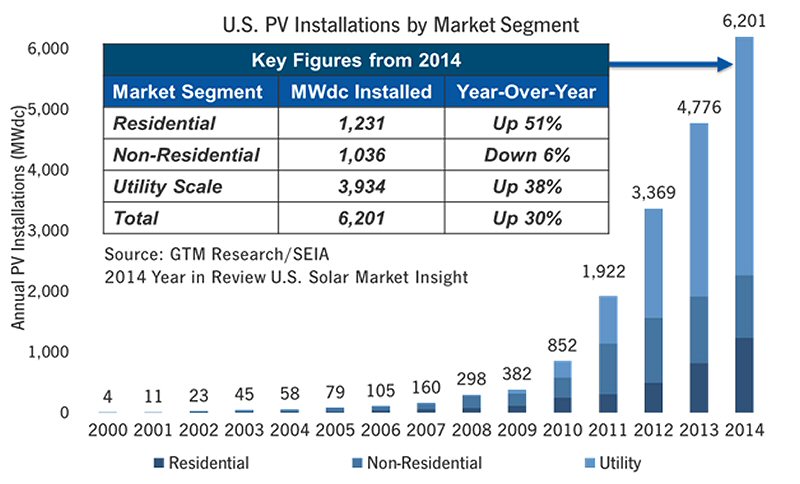Published at Renewable Energy World --- San Diego, Calif. — The U.S. residential solar photovoltaic (PV) market is on the rise. According to SEIA/GTM Research, in 2014 the residential market surpassed the non-residential market for the first time. "The past three years have now seen the residential market grow by at least 50 percent on an annual basis, buoyed by major strides to lower soft costs, in tandem with increased penetration of third party financing solutions,” commented Cory Honeyman, Solar Analyst at GTM Research.
While the third-party ownership (TPO) financing option has been the strong driver for the last several years, solar loans, which provide ownerships to homeowners, are now moving into the mainstream.
Japan, which installed almost twice as many residential PV installations as the U.S. in 2014, is one of the world's largest residential PV markets in terms of cumulative installations. The country’s residential PV market has achieved this with only two PV financing options: cash and loans. It has not offered leasing or power purchase agreements, which are common in the U.S.
“About forty percent of our customers buy PV systems with cash and the remaining 60 percent of our customers use solar loans,” said a manager of one of the largest residential PV installers in Japan.
According to the manager, the average purchase cost of a system (3-4 kW-DC) the company sells is approximately ¥1.5 million ($12,600), and for those who don’t have bundles of cash stashed away in the home, the company offers solar loans through three consumer credit financing companies. All three of them offer 10- or 15-year unsecured loans with low, fixed interest rates....
Read More Here


